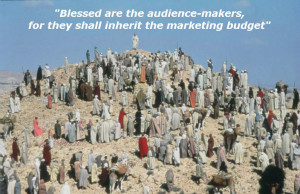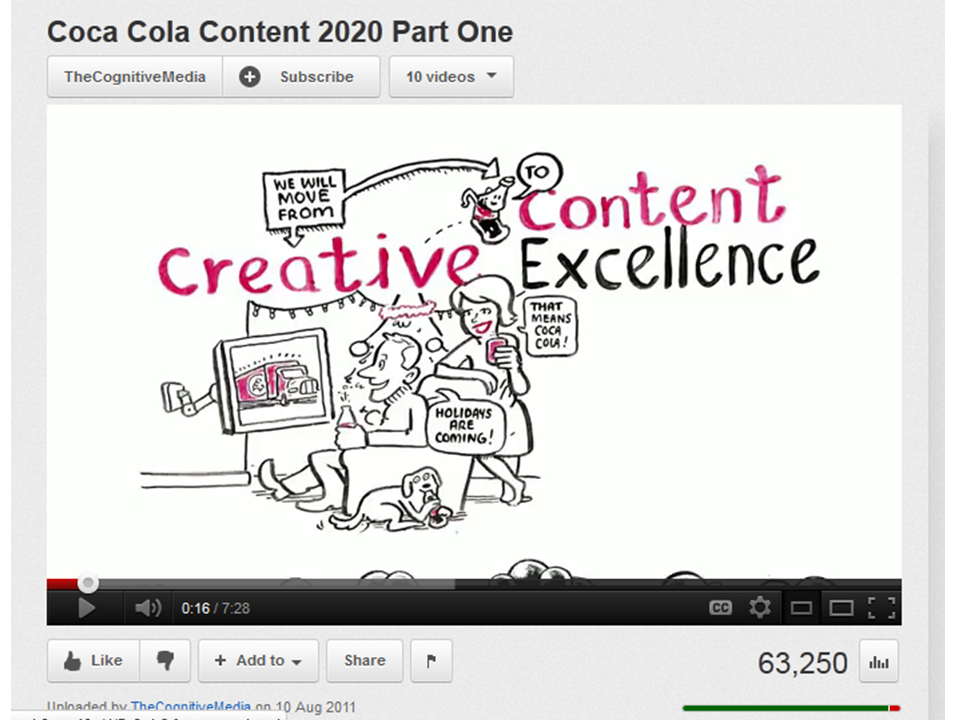Convening an audience: the new challenge for marketing
 I believe there are now two consumer worlds: the world of the audience (the world of ‘traditional’ media and marketing) and the world of the individual (the world of social media). These worlds are very different, not least because in the world of social media consumers will expect to be treated as an individual and will tend to resent or ignore attempts to treat them as just another member of an audience. This doesn’t mean that consumers don’t ever want to be treated as a member of an audience, just not when they are in the social digital space.
I believe there are now two consumer worlds: the world of the audience (the world of ‘traditional’ media and marketing) and the world of the individual (the world of social media). These worlds are very different, not least because in the world of social media consumers will expect to be treated as an individual and will tend to resent or ignore attempts to treat them as just another member of an audience. This doesn’t mean that consumers don’t ever want to be treated as a member of an audience, just not when they are in the social digital space.
This presents two problems for brands. First, almost everything we know about marketing (including digital marketing / media) comes out of the world of the audience. Marketing, to date, has essentially been audience-based marketing. But putting audience-based approaches into the social space just doesn’t work, because it can’t support the potential for creating high-value relationships with individuals. Traditional marketing is a high reach but low engagement business and there is no point in putting the low engagement techniques of traditional marketing into the low reach environment of social media.
Audiences are very hard to find or create in the world of social media. This is because when people are in this space they are looking to create connections and you can’t create connections with an audience, only with individuals or within groups. The social media space is a medium of connection, not a medium of distribution. When a brand operates within the social space it has to accept that it can realistically only talk to very few people at any one time so it therefore has to (and can) create relationships of far higher value than anything that is associated with traditional marketing. But you only do this by recognising what it is that people want from you in this space, which is real-time individualised response and recognition, answers to questions and information.
However, this fact is not stopping many brands from trying dump audience-based, low engagement approaches in the social digital space. Content marketing is the latest iteration of such an attempt. Continue reading


